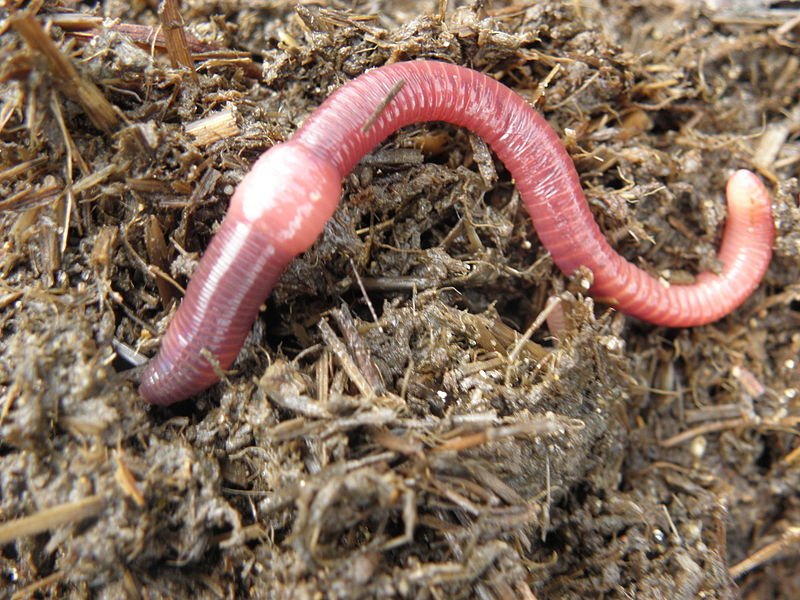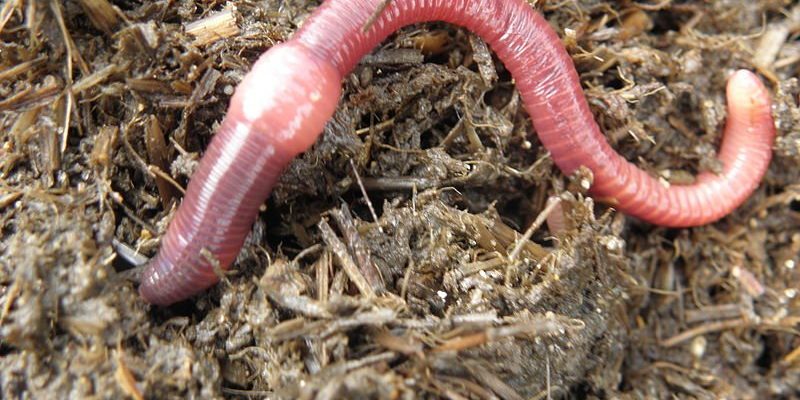
So, what exactly is a red wiggler? Well, they’re a type of earthworm, scientifically known as *Eisenia fetida*. Unlike their larger, more traditional cousins, red wigglers are specifically designed for composting. They’re nature’s recyclers, breaking down organic matter into rich, nutrient-dense soil. If you’re looking to sprout a garden or simply want to understand more about the ecosystem beneath our feet, getting to know these worms can be a game-changer.
Characteristics of Red Wigglers
Let’s dive into the physical traits that make red wigglers unique. First off, they’re typically around 3 to 4 inches long and have a distinctive reddish-brown color, which looks almost like a rusty penny. Their bodies are softer and more delicate than the earthworms you might find in your backyard.
Another interesting feature is their ability to reproduce quickly. Red wigglers can produce cocoons containing up to five baby worms at a time. It’s like a mini baby boom, helping their populations grow swiftly, especially in rich organic environments. This rapid reproduction is vital for composting, as more worms mean better decomposition of organic material.
Plus, they’re quite active! You’ll often find them wiggling about in moist environments, as they thrive in decomposing organic materials like kitchen scraps or yard waste. Their hustle helps create a nutrient-rich compost that’s a boon to any garden.
Habitat and Environment
So where do red wigglers love to hang out? These worms are typically found in decaying organic matter, be it compost bins, gardens, or even in leaf litter. They prefer a warm and damp environment, which is why people often choose them for vermicomposting—essentially composting with worms.
If you want to keep them happy, aim for a habitat that’s about 60-80°F. Too hot or cold can stress them out, and nobody wants an unhappy worm! It’s essential to provide them with a moist, dark space where they can thrive, as they’re sensitive to light.
Creating the perfect worm home can be as simple as setting up a *worm bin*. Layer some shredded newspaper, kitchen scraps, and a sprinkle of soil to give them a cozy spot to munch and wiggle.
Role in Composting
Now, let’s talk about why red wigglers are often hailed as the superstars of composting. Their appetite for organic waste—like vegetable peelings, coffee grounds, and even shredded cardboard—means they can turn what we consider garbage into fertile soil.
When red wigglers gobble up this organic matter, they not only break it down but also produce vermicompost. This nutrient-rich material is packed with beneficial microbes and helps improve soil structure, drainage, and fertility. Think of it as a wellness drink for the earth!
You might be wondering how they do all this. Well, the worms grind up the food in their gizzards (a muscular part of their digestive system) and mix it with beneficial bacteria in their intestines. The result? A nutrient-packed product that’s better than any store-bought fertilizer. It’s like having a personal composting army working for your garden!
Feeding Red Wigglers
Feeding red wigglers can be an enjoyable process, but it does require some knowledge. Since they thrive on organic materials, you can feed them a wide variety of kitchen scraps. Here are some popular choices:
- Fruit and vegetable scraps
- Coffee grounds and filters
- Eggshells (be sure to crush them up)
- Shredded paper and cardboard
However, there are a few things to avoid. Red wigglers are not fans of meat, dairy, or oily foods. These can lead to unpleasant smells and could attract unwanted pests to your compost bin. Think of it like keeping a pet—certain foods are just better for them overall.
It’s also a good idea to chop up larger scraps before tossing them in. This way, the worms can work their magic faster, turning your scraps into compost in no time.
Benefits of Using Red Wigglers
Wondering why you should consider adding red wigglers to your gardening routine? Well, they offer several noteworthy benefits. For starters, they significantly speed up the composting process, turning food waste into valuable compost in mere weeks instead of months.
Additionally, vermicompost boasts excellent moisture retention properties, which can be a game-changer for your plants. It helps keep the soil moist, especially during hot months. Plus, the nutrients packed into vermicompost can enhance plant growth, making your garden lush and productive.
You also contribute to reducing landfill waste by composting kitchen scraps with red wigglers. It’s a small step for you but a giant leap for the environment. It’s like giving back to the earth while making it thrive—talk about a win-win!
How to Get Started with Red Wigglers
If you’re ready to embark on a red wiggler adventure, getting started is easier than you might think. First, you’ll need to set up a worm bin. You can buy one or even create a DIY version using a plastic container. Just make sure it has holes for ventilation and drainage.
Once you have your bin, you can get your hands on the red wigglers. Many local garden centers or online suppliers sell them. Once you have your worms, add bedding material like shredded newspaper or cardboard and moisten it, creating a comfortable environment for your wigglers.
Start by adding small amounts of organic waste. Monitor how quickly they consume it, adjusting the quantity based on their appetite. Just remember: patience is key!
In summary, red wigglers are fascinating little creatures that play an essential role in creating healthy soil and compost. Whether you’re looking to garden more sustainably or simply want to understand the biodiversity around you, these worms offer a unique glimpse into the wonders of nature.
By nurturing them, you’re not only supporting your garden but contributing to a healthier planet. So, roll up your sleeves, grab some kitchen scraps, and let these little wrigglers help you create a vibrant ecosystem right in your backyard. Embrace the simple beauty of composting and enjoy watching your garden grow!

